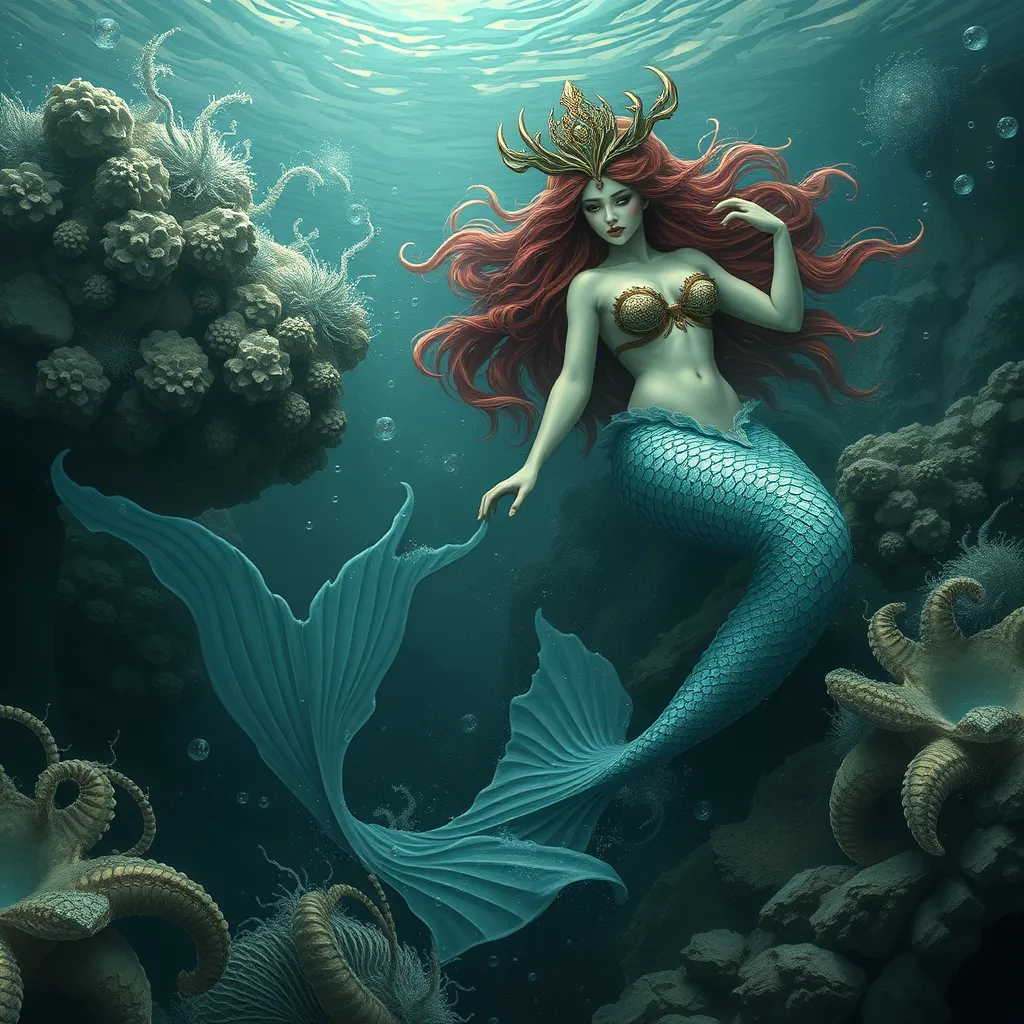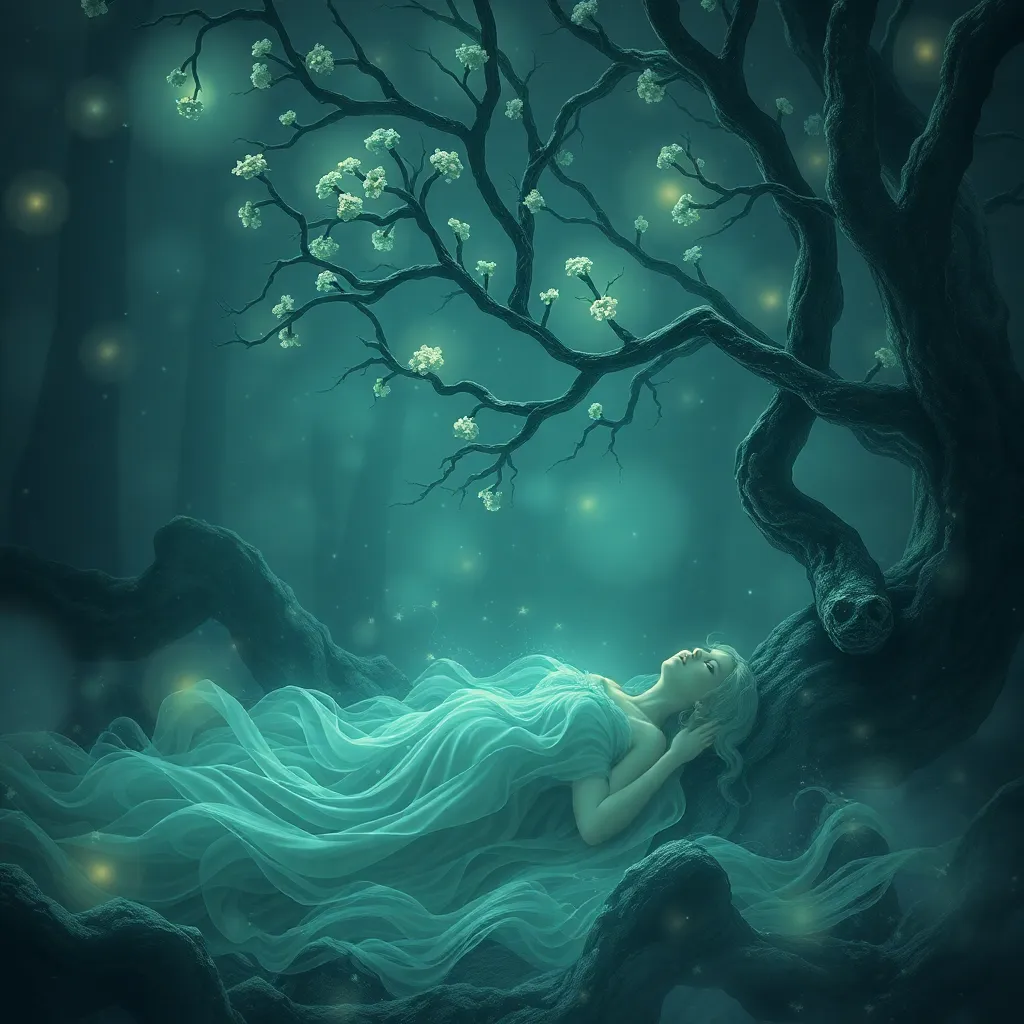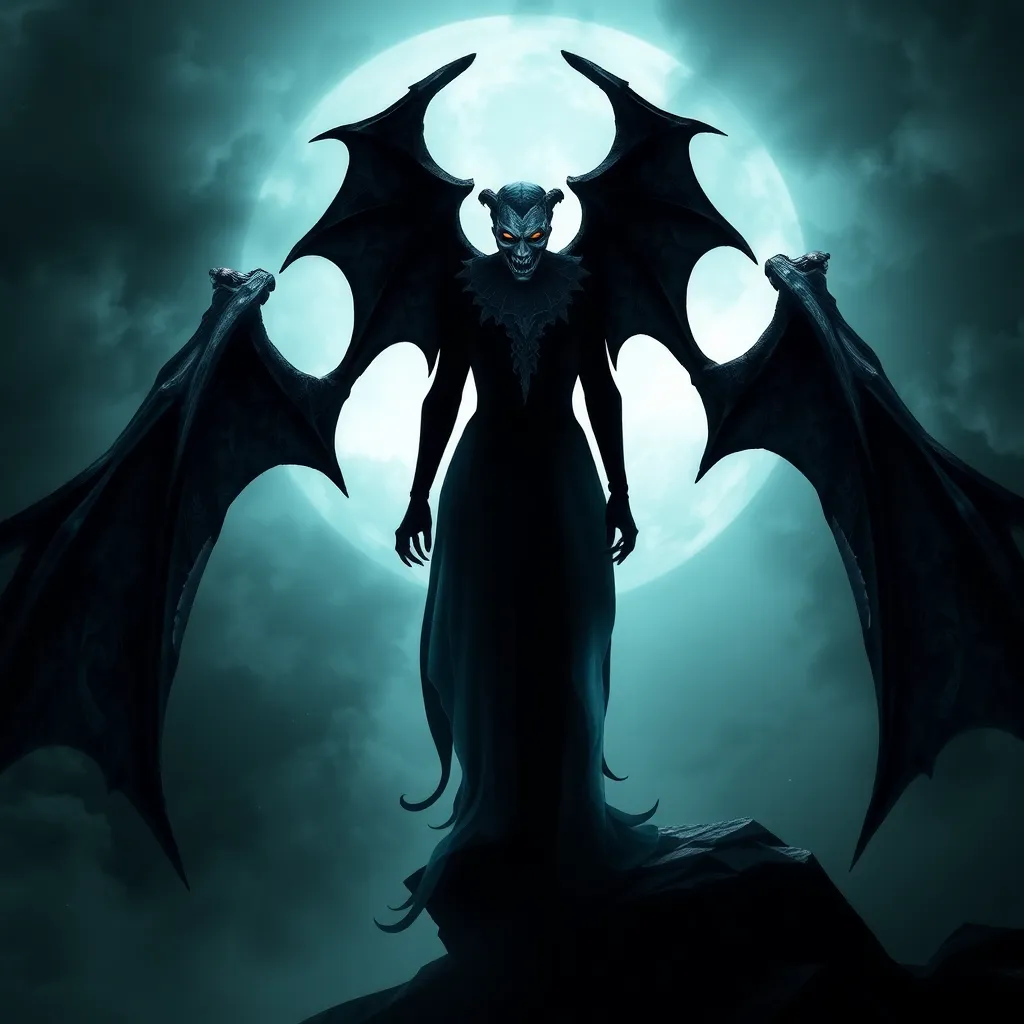Sea Nymphs & Sirens: The Allure and Danger of Mermaid Lore
I. Introduction
Mermaid lore has captivated human imagination across various cultures for centuries. From ancient civilizations to modern storytelling, the figure of the mermaid—part human, part fish—embodies the allure of the unknown depths of the sea. These enchanting beings are often depicted as beautiful and ethereal, luring sailors with their mesmerizing songs. However, beneath this beauty lies a darker nature, entwined with peril and destruction. This article endeavors to explore both the allure and dangers associated with sea nymphs and sirens, examining their historical roots, cultural significance, and the modern interpretations that continue to shape our perceptions.
II. The Origins of Mermaid Myths
The origins of mermaid myths can be traced back to ancient civilizations, where water was often seen as a realm of mystery and magic. Various cultures have contributed to the rich tapestry of mermaid lore:
- Ancient Assyria: The first recorded mermaid, Atargatis, was a goddess who transformed into a fish, symbolizing fertility and the duality of life and death.
- Greek Mythology: Sirens were depicted as dangerous creatures who lured sailors to their doom with their enchanting voices.
- Slavic Folklore: Rusalki were often seen as the spirits of young women who had drowned, embodying both beauty and vengeance.
Across these narratives, the symbolism of water emerges as a powerful motif, representing not only the unknown but also the emotional depths of the human experience.
III. The Allure of Sea Nymphs
Mermaids have long been celebrated in art and literature, often depicted as stunningly beautiful beings with long flowing hair and shimmering tails. Their allure is not merely physical; it is deeply tied to their enchanting songs, which have the power to mesmerize and captivate. Throughout history, mermaids have been portrayed in various forms:
- Art: Artists like John William Waterhouse and Gustav Klimt have immortalized mermaids in paintings that emphasize their beauty and mystique.
- Literature: From Hans Christian Andersen’s “The Little Mermaid” to contemporary novels, mermaids continue to inspire stories that explore themes of love, longing, and sacrifice.
Moreover, the connection between mermaids and femininity is profound. They embody ideals of beauty, seduction, and the complexities of female identity, often reflecting societal views on women throughout different eras.
IV. The Danger of Sirens
Despite their enchanting qualities, mermaids and sirens also harbor darker aspects. The tales of seduction and destruction serve as cautionary narratives, warning of the dangers that lie beneath the surface. Some notable themes include:
- Seduction: Sirens are infamous for luring sailors with their songs, leading to shipwrecks and loss.
- Legends of Shipwrecks: Stories abound of sailors who succumbed to the call of the sirens, resulting in their demise.
- Psychological Impact: The siren myth has had a lasting psychological effect on sailors and cultures, instilling fear of the ocean’s depths and the unknown.
These narratives serve as reminders of the thin line between allure and danger, making mermaids complex figures in folklore.
V. Mermaids in Modern Pop Culture
The representation of mermaids has evolved significantly in modern pop culture, reflecting shifting societal values and interpretations. Some popular trends include:
- Disney’s Ariel: The iconic character from “The Little Mermaid” portrays a whimsical and adventurous spirit, emphasizing themes of love and self-discovery.
- Horror Adaptations: Recent films have reimagined mermaids as sinister figures, exploring the darker aspects of their mythology.
These interpretations not only entertain but also influence societal views on femininity and desire, shaping how mermaids are perceived in contemporary culture.
VI. The Intersection of Feminism and Mermaid Lore
Mermaids have become symbols of empowerment and independence in various feminist narratives. They challenge traditional portrayals of women in folklore and offer alternative viewpoints:
- Empowerment: Modern retellings often depict mermaids as strong, independent figures who assert their agency.
- Critiques: Some analyses highlight the problematic aspects of traditional mermaid stories, where female figures are often reduced to their beauty or victimhood.
- Contemporary Retellings: New stories challenge stereotypes, presenting mermaids as complex characters with depth and autonomy.
This intersection of feminism and mermaid lore reveals the evolving nature of female representation in storytelling.
VII. Environmental Reflections in Mermaid Myths
Mermaid myths also serve as reflections of environmental concerns, particularly regarding oceanic ecosystems. The connection is evident in several ways:
- Oceanic Symbolism: Mermaids often symbolize the beauty and fragility of marine life.
- Modern Issues: Contemporary narratives address issues like pollution and climate change, highlighting the impact on marine ecosystems.
- Awareness: Mermaid myths can play a role in raising awareness about marine conservation and the need to protect our oceans.
In this way, mermaids transcend their mythological roots, becoming advocates for environmental consciousness.
VIII. Conclusion
The allure and danger of mermaid lore continue to fascinate humanity, revealing the complexities of beauty, femininity, and the natural world. From their ancient origins to modern interpretations, mermaids embody a duality that resonates deeply within us. As we explore our personal interpretations of these myths, we uncover the enduring significance of mermaids in our culture and the timeless lessons they impart about the human experience.



